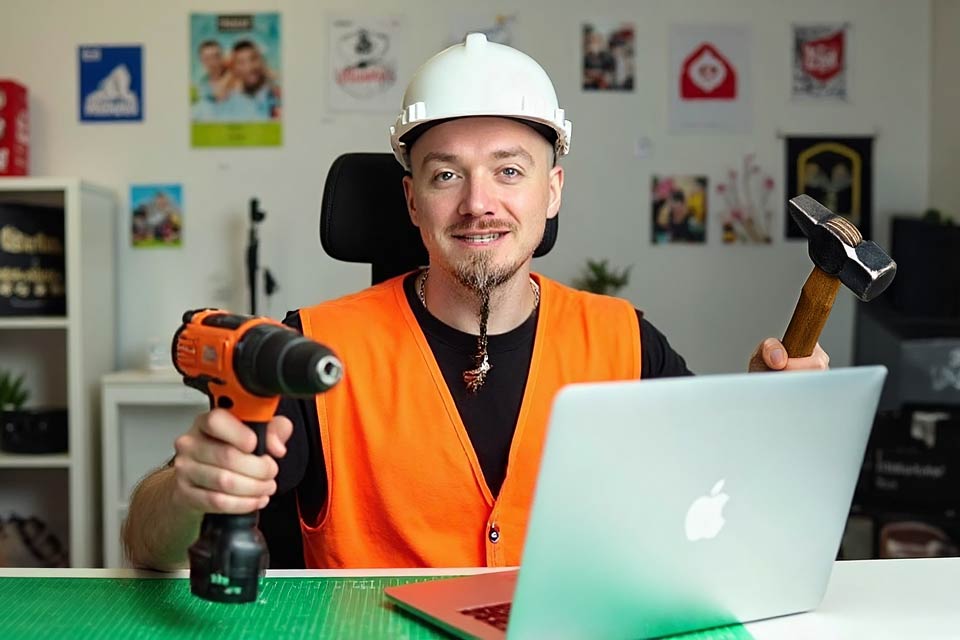I'm a branding expert and graphic designer based in Brooklyn, New York. Need help with branding?—Just Get in touch
How To Use Dall-E 3 For Logo Design

How To Use Dall-E 3 For Logo Design
Need help with branding?
We specialize in strategy, logo, and web design. Book a call to discuss your project today!
















.webp)














































